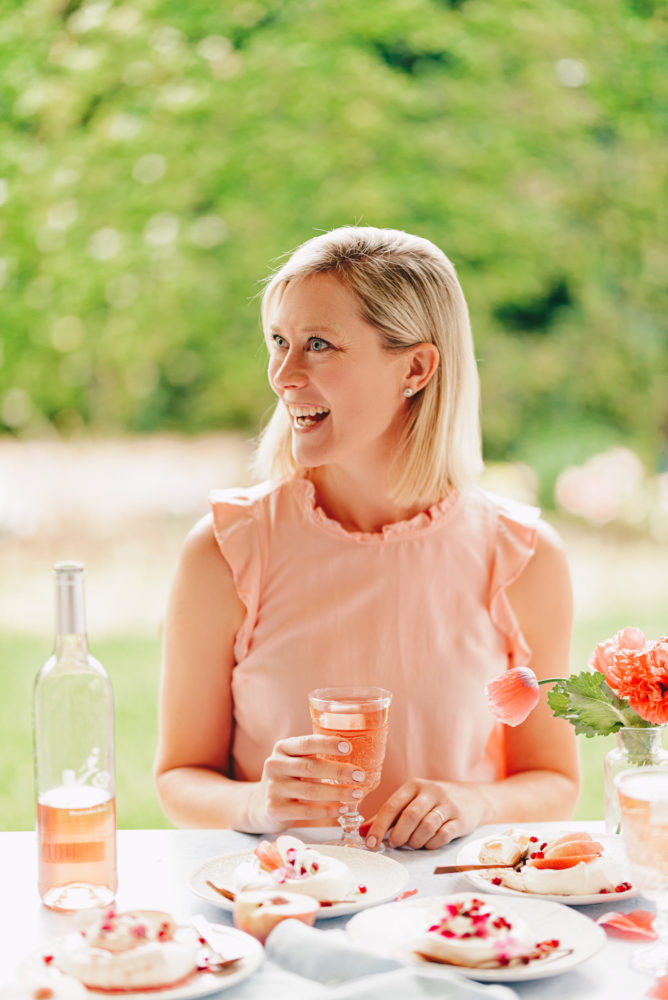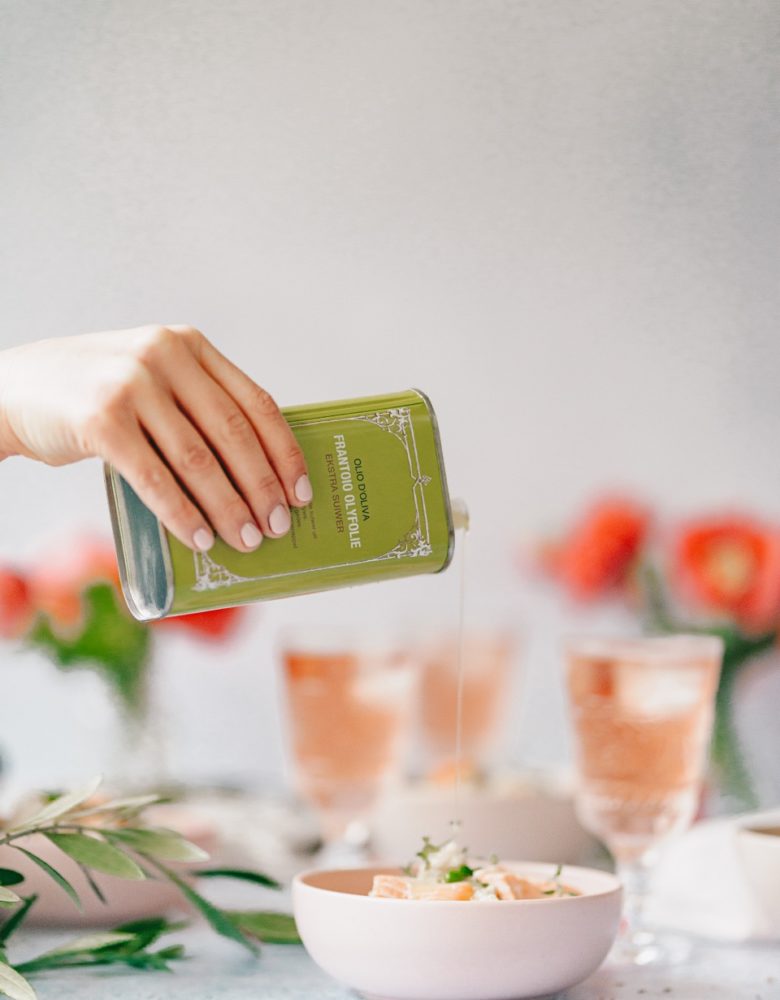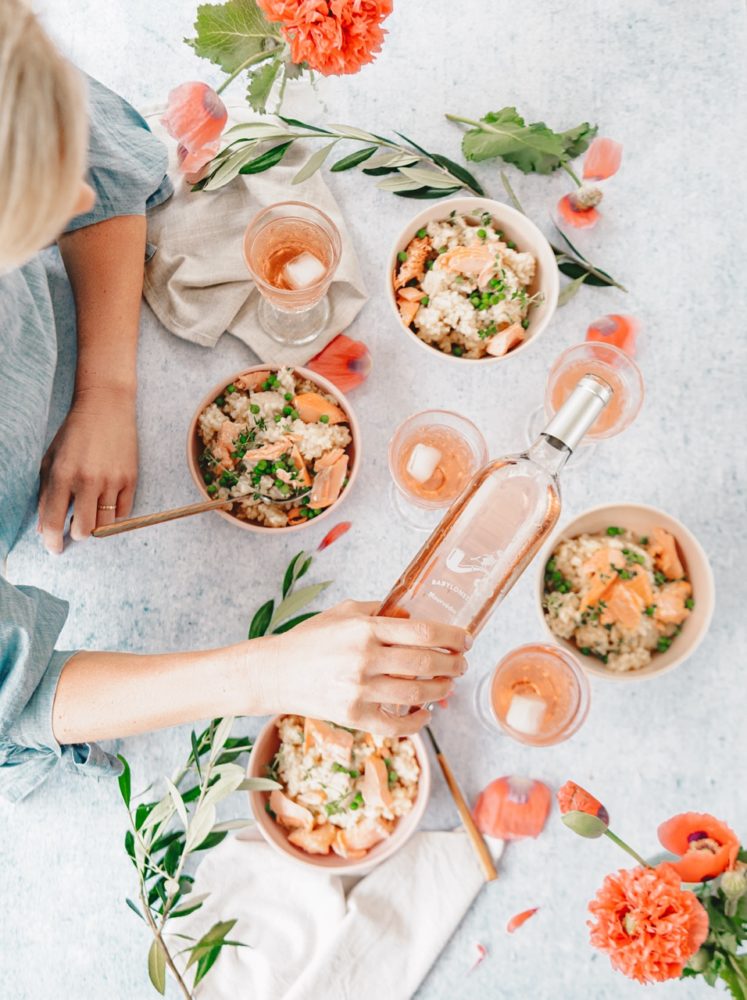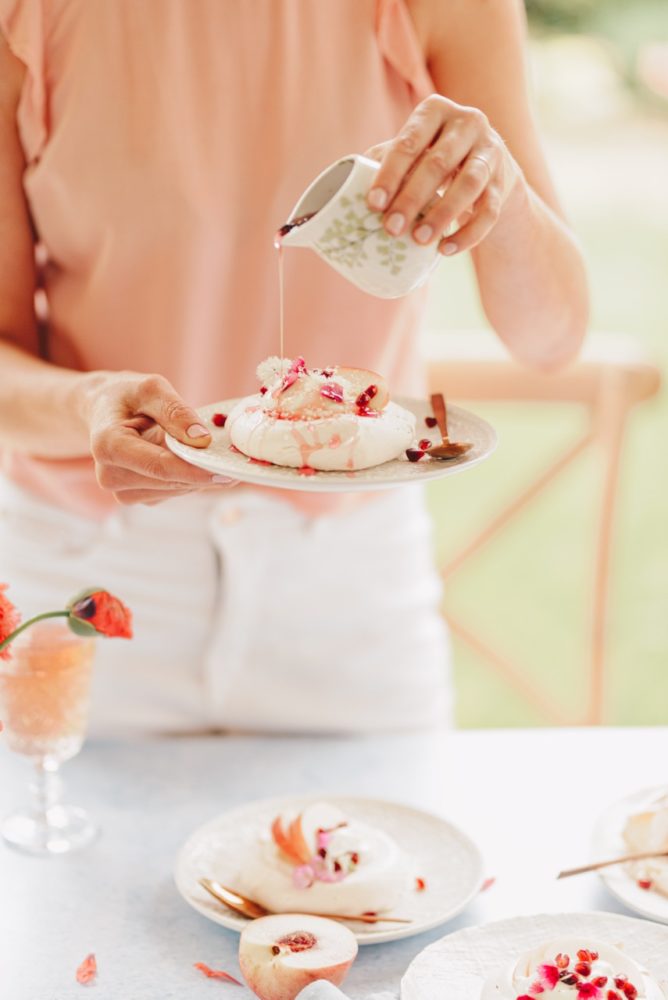/ Blog /
Celebrate Summer with Babylonstoren Mourvèdre Rosé

Hello Friends!
Are you all loving the sunnier Spring weather? It definitely feels like there’s a little more joy in the air at the moment, and what better way to celebrate than with beautiful friends, family, food and wine? Which is exactly what this is all about…
It just so happens that one of my favourite wines in all the land is their perfectly pink Mourvèdre Rosé, and with the warmer weather, it’s all set to take centre stage (especially because at R135 a bottle it’s incredible value).
PLUS, here’s a little something special to get extra excited about…
Sip Mourvèdre Rosé & Win a Stay!
Buy 5 bottles of rosy-cheeked rosé and get the 6th bottle free. Plus, get an entry to WIN a two-night stay in their award-winning and completely magical hotel, which I wrote more about after my visit over here.
And here’s a little more about Babylonstoren
If you didn’t already know, besides looking like a postcard straight from Heaven, Babylonstoren is one of the oldest Cape Dutch farms in South Africa, set at the foot of the breathtaking Simonberg mountain in the Franschhoek wine valley. Besides glorious, carefully cultivated vineyards, the farm has an Eden-like fruit and vegetable garden of astonishing beauty and diversity.
Every one of the more than 300 varieties of plants in the garden is edible or has medicinal value. They are also grown as organically as possible and in a biologically sustainable manner. The fruit and vegetables from the garden are harvested all year round for use in two farm-to-fork restaurants and online store.
Along the edge of the garden, a natural stream flows from the Simonsberg Mountain to the Berg River, creating a space for indigenous wild olives to flourish. In their shade a collection of some 7000 clivia lilies explode in a spectacular display every spring.
And here’s more about the beautiful Babylonstoren Mourvèdre Rosé
We asked cellar master Charl Coetzee to share some of his thoughts on their much loved pink drink, and here’s what he had to say
- Rosé is often perceived as a drink only for women, but I enjoy a good rosé just as much as a white wine. With our mild winters here in the winelands, I will even open a bottle for a braai on a sunny winter’s day.
- Don’t underestimate the complexity and pairing power of a good rosé. Rosé wines can vary widely in colour, intensity and sweetness and can be made with almost any red grape.
- The most popular rosés have the crispness of a white wine combined with the fruity richness of a red.
- Rosé made from Mouvèdre brings to mind Southern France. We use this French varietal for Babylonstoren’s Rosé, but the wine is crafted right here in the Cape Winelands. The result? A fuller and rounder Rosé with a lovely, floral character. Mouvèdre as varietal delivers large grapes, bringing the perfect ratio between grape skin and the flesh of the grape.
- Rosé is made in a similar way to red wine. The longer the grape skins are left in contact with the juice, the darker the colour of the finished rosé, and the more it will take on the characteristics of the red wine. Babylonstoren Mourvèdre Rosé is kept on the skins for a maximum of three hours to ensure the salmon colour. This can also vary from a dry year (when the colour of the grape berry is more intense) to a year with ample rain (when the colour would be less intense and more time on the skins would be required).
- Red wine ferments on the skins for 10 to 14 days and is pressed after fermentation. Rosé is kept on the skins prior to fermentation, then pressed, and the clear pink juice is fermented.
- The colour is not an indication of the sweetness of the wine. It can, however, tell you more about the style. Paler hues can indicate a wine that’s lighter in body with more subtle aromas, and darker rosés tend to have more body and more intense aromas and flavours. The tannins in the grape skin is what contributes to this characteristic.
- Fresh is best. Generally, rosé does not get better with time. It is best enjoyed in the first 18 months after bottling.










